The story of rocket engines should begin with Newton’s third law: for every action, there is an equal and opposite reaction. In simpler terms, every movement involves pushing something away from something else. However, in space, this is impossible because there are no gas molecules to push off from, as there are during atmospheric flight.
Nevertheless, this doesn’t mean that we don’t know how to move in empty space. We simply need to bring along something we can push off from. That’s how a rocket engine works — we forcefully expel a certain mass in the direction opposite of the desired acceleration and obtain thrust. In principle, the operation of a rocket engine can be equally described by Newton’s third law and the law of conservation of momentum.
Newton’s third law:
a₁×m₁=a₂×m₂
Law of conservation of momentum:
v₁×m₁=v₂×m₂
During launch from Earth, it is more convenient to use the first law since the primary goal is to overcome gravity and air resistance, so it’s better to operate with forces. In space, where the main task is to control the velocity vector, it is more appropriate to focus on masses and velocities. In this regard, it is important to define several terms that we will use further.
Key concepts of rocket engine theory
Reaction mass is the substance expelled by a spacecraft at a certain velocity to achieve acceleration. It is incorrect to call this substance fuel for several reasons, although its mass is equal to the mass of fuel in a spacecraft with a chemical rocket engine.
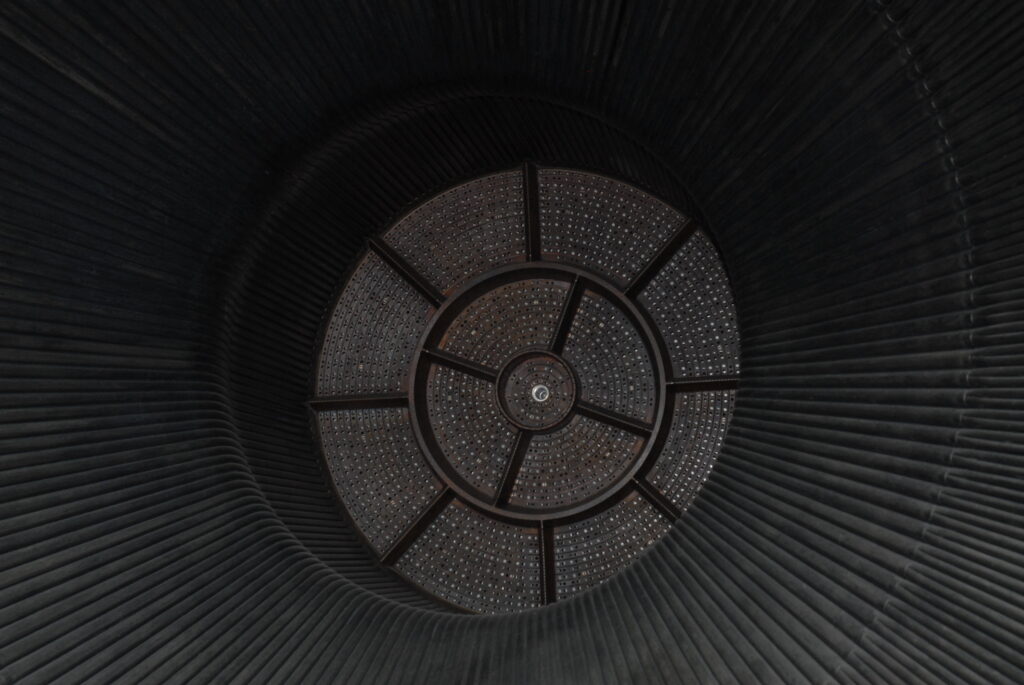
Δv is the total change in velocity that a spacecraft can achieve by expending all the available onboard propellant. In English sources, Δv is often used without further explanation. In sources from the former USSR, you may encounter more cumbersome names such as “orbital maneuver characteristic velocity” and “total characteristic velocity.” They all roughly refer to the same concept.
Engine power is essentially the force with which it can expel the working substance. Accordingly, it is the force with which it propels the spacecraft in the opposite direction.
The most important characteristic of an engine is its specific impulse, which is the impulse obtained by a spacecraft when one kilogram of working substance is expelled from the engine at the maximum possible velocity. Often, the specific impulse is numerically equal to the velocity of the exhaust gas from the engine.
From all of the above, the main idea of efficient rocket engine operation emerges: carry as much reaction mass as possible and expel it at the highest possible velocity, thereby achieving a maximum Δv. Additionally, high power is essential to overcome Earth’s gravity. Usually, these two tasks are accomplished by different engines: one is used for launch from Earth, and another is used for maneuvers in space.
There are several ways to accelerate the working substance. The most common for us are chemical rocket engines, where gases generated by a chemical reaction serve as the working substance and are accelerated to a certain velocity by the same reaction. There are simpler rocket engines where the thrust is created by the pressure of steam generated by boiling water (or, for example, carbon dioxide produced by sublimation of “dry ice”). However, the power and specific impulse of such engines are so low that, in practice, instead of launching rockets in this way, enthusiasts build cannons to shoot watermelons using the same principle. Theoretically, it is quite possible to fly in space using absolutely anything although not very efficiently.
Solid Rocket Engines
Modern chemical rocket engines can be either solid-fueled or liquid-fueled. Solid-fueled engines are typically simpler and more powerful, but their operating time is severely limited due to the nature of their construction. In solid-fueled rockets, the fuel is essentially an explosive that burns sequentially and creates thrust. An example is the booster of the Space Shuttle spacecraft, which uses a mixture of ammonium perchlorate, powdered aluminum, a special polymer, and a curing agent as fuel. Essentially, it is similar to plastic explosives or dynamite.
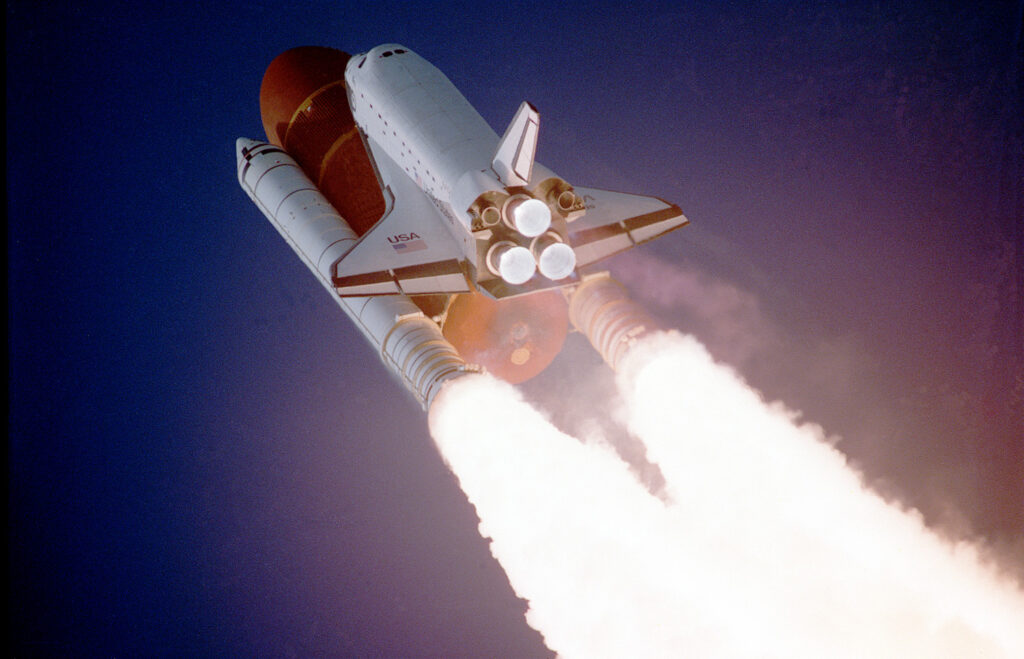
The advantages of solid-fueled rocket engines are well demonstrated by the Space Shuttle‘s booster system. It is the most powerful engine ever created by humans, producing a whopping 14.5 million Newtons of thrust. Additionally, it is structurally simple, although it has certain drawbacks. Firstly, the fuel explosive burns extremely quickly, resulting in a significantly limited operating time. Secondly, once the fuel starts burning, it cannot be stopped. Solid-fueled engines are popular in military applications, while in the space industry, they are primarily used as the first stage in multi-stage systems.
Mono- and Three-component Liquid Rocket Engines
The design of a chemical liquid rocket engine (LRE) depends on its type, but generally, it consists of a combustion chamber where the chemical reaction takes place, a cleverly designed nozzle, various structures located behind and on both sides of the nozzle to control the flow of propellant, containers with chemical components to be converted into the propellant, and pipelines that connect all the other elements. Additionally, there is typically a flow control system inside the engine.
If we look at liquid chemical engines in more detail, they can be mono-, bi-, or thee-propellant engines. Monopropellant engines use only fuel without an oxidizer. In these engines, the “fuel” does not burn but decomposes into separate gaseous components that are then expelled. However, it should be noted that the decomposition reaction must be exothermic, meaning that energy is released during the process rather than absorbed.
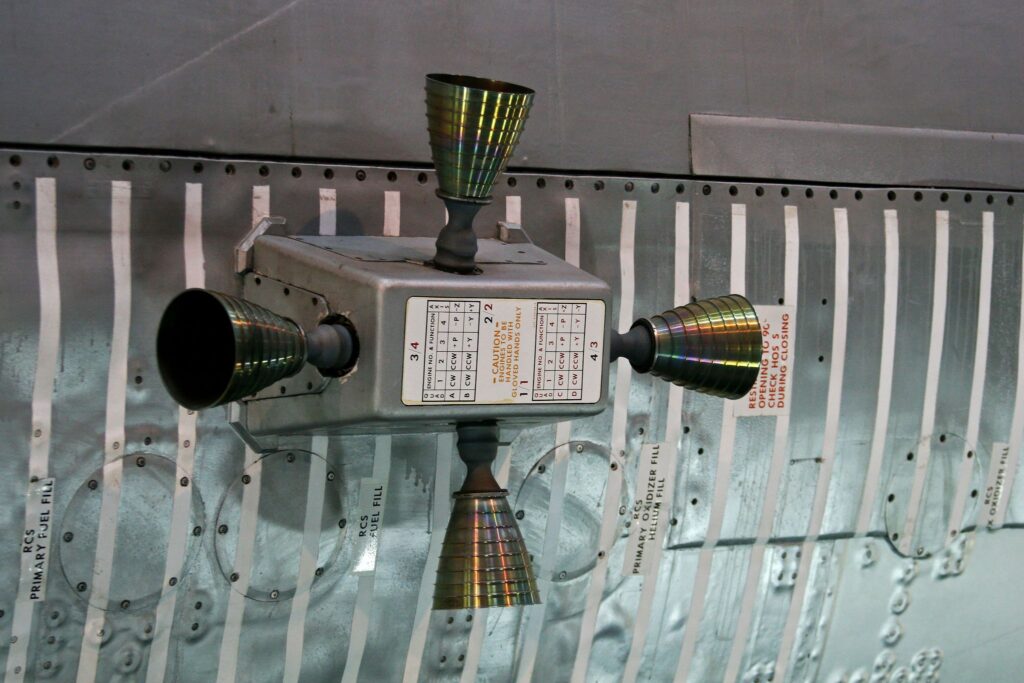
As an example of a monopropellant rocket engine, we can consider engines that operate on hydrazine. Through its decomposition on a catalyst, it forms ammonia and nitrogen, which are then expelled through the nozzle. Another propellant that can be used is hydrogen peroxide, which decomposes into oxygen and water. All engines of this type have a significant drawback — low energy of chemical reactions and, as a result, relatively low exhaust velocity. As a result, their specific impulse does not exceed 2550 m/s, while for bipropellant engines it only starts at around 3000 m/s.
The advantage of monopropellant LREs lies in their simple construction, which allows for more compact designs. Such engines are frequently used for spacecraft attitude control (to maneuver them in different directions) and on interplanetary probes.
As for three-propellant engines, they are more complex. There have been projects involving reactions like “hydrogen-beryllium-oxygen” with very high specific impulse exceeding 5000 m/s, but their construction is so intricate that nobody has succeeded to create a working engine of this type during last decades.
Meanwhile, attempts are being made to create them using a different principle — replacing the fuel type in a bipropellant rocket engine during flight. For example, the Russian RD-701 initially operates on kerosene and liquid oxygen, but at high altitudes, the kerosene is replaced with hydrogen. It is claimed to provide significant advantages in terms of lighter construction and even enables the development of single-stage launch vehicles. However, no such rocket has been built yet.
“Kerosene-Oxygen” Rocket Engines
Most engines currently used in rockets are bipropellant engines. This means that on one side of the combustion chamber, an oxidizer is supplied, while on the other side, the actual fuel is supplied. In the chamber, oxidation occurs, releasing heat and gases that are expelled through the nozzle. In the early days of rocketry, exotic fuel types were used, similar to those used today. For example, the Americans fueled their rockets with regular gasoline, and the German V-2 and the first American intercontinental rocket Redstone flew on ethyl alcohol.
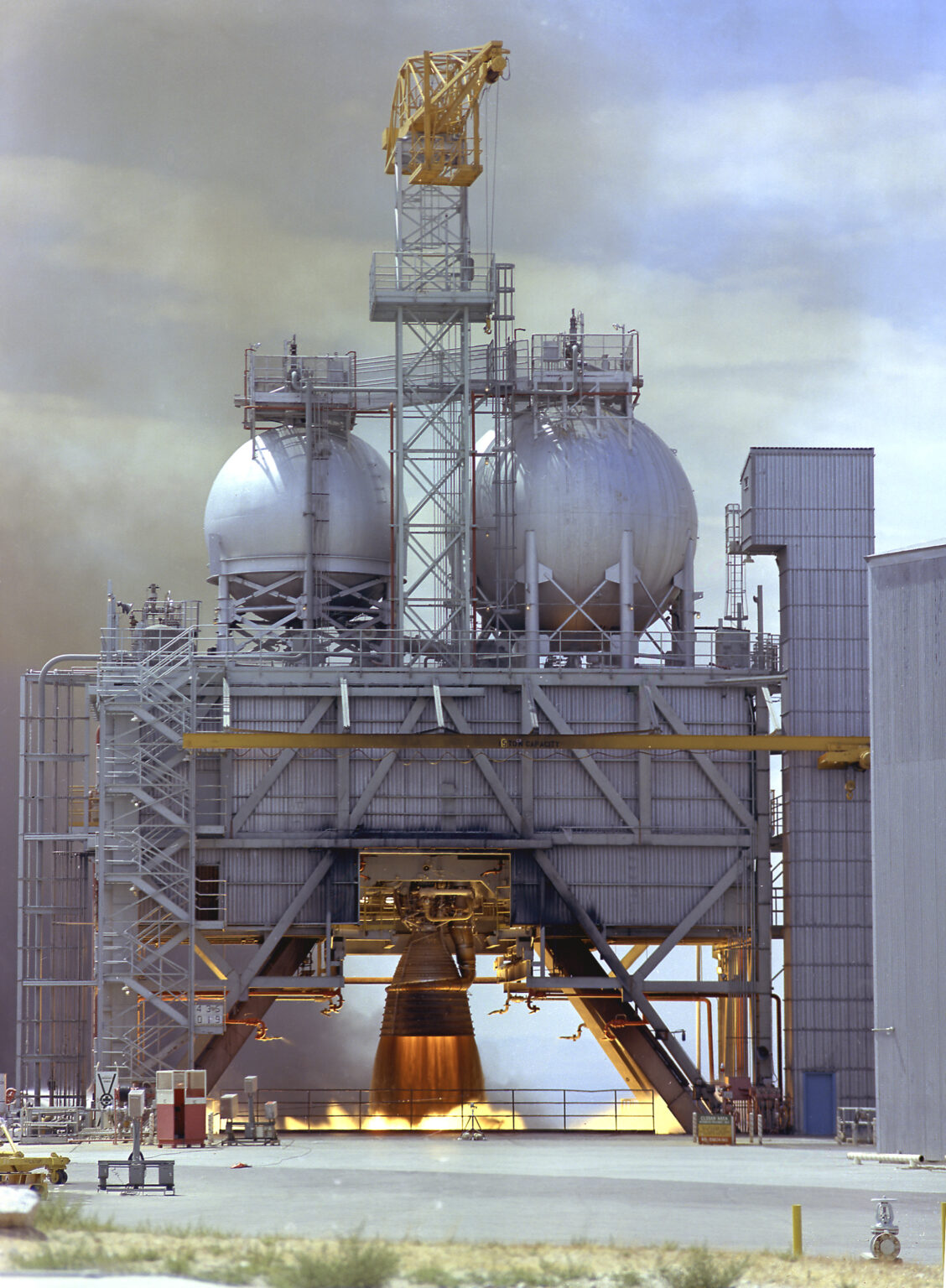
Currently, the most commonly used fuels are kerosene, ammonia, hydrazine, unsymmetrical dimethylhydrazine, and hydrogen. As oxidizers, liquid oxygen, nitrogen tetroxide, and less frequently, nitric acid are usually used. All these components are combined in various combinations, yielding different results and presenting different challenges.
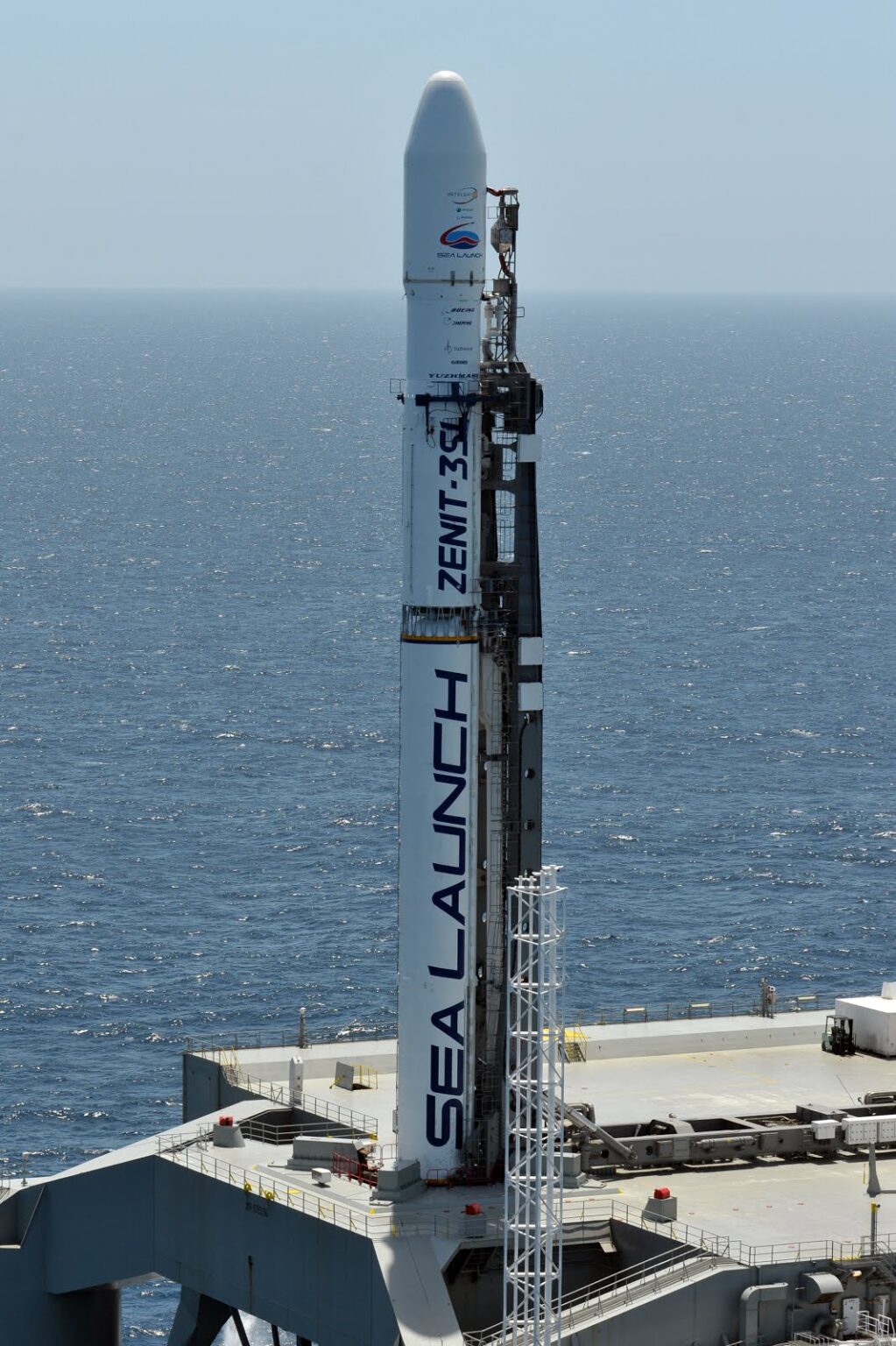
First, let’s consider the combination of “kerosene-oxygen.” More precisely, rockets typically use a special hydrocarbon mixture based on kerosene, but for simplicity, let’s assume it is kerosene itself. This type of engine was used in Soviet rockets such as the R-7 and all others built on its basis, including the modern Soyuz rockets. American rockets of the Atlas and Delta families, the first stage of the Saturn V launcher that carried American astronauts to the Moon, Falcon 1 and Falcon 9, and the Ukrainian Zenit rockets are also “kerosene-oxygen” engines. The American company Firefly, which is developing its own family of launch vehicles, also uses such engines.
The “kerosene-oxygen” combination is a popular compromise between efficiency, complexity, cost, and safety. With a specific impulse of 3350 m/s, these rockets can be considered average performers. The cost of fuel is also average. Although kerosene can explode, the combustion products (carbon dioxide) are not as harmful to the environment. However, liquid oxygen is much worse—it exists stably at temperatures significantly below zero degrees Celsius, so in addition to the engine’s design considerations, a cryogenic cooling system for the oxidizer tanks needs to be added. Its operation can be observed in videos when the rocket “steams” well before launch.
“Toxic” engines
Next in popularity is the combination of hydrazine N₂H₄ or unsymmetrical dimethylhydrazine (UDMH) with nitrogen tetroxide (NTO). Engines of this type are used in Russian Proton and Rockot rockets, Chinese Chang Zheng-2, American Titan 2, 3, and 4 rockets, and even the lunar module of the Apollo program operated on this devilish mixture. Ukrainian Cyclone rockets also use this combination.

Why is UDMH+NTO so loved? Firstly, these substances react spontaneously upon contact, which significantly simplifies the engine design. Secondly, a volume unit contains 10% more of UDMH+NTO compared to oxygen+kerosene. Thirdly, neither of these components requires cryogenic cooling systems. Therefore, a slightly lower specific impulse of 3180-3220 m/s can be forgiven compared to kerosene-oxygen rockets.

However, it’s important to remember that this mixture is a deadly poison. All combinations of hydrazine and UDMH are classified as either “toxic” or “extremely toxic.” Just a few drops of this fuel spilled on the ground pose a danger to life. If you have heard the term “heptyl,” it is simply another name for UDMH. Like nitrogen tetroxide, it is not only toxic but also carcinogenic. So, even if you avoid the immediate toxicity, there is a risk of developing cancer in the future. By the way, the engines of SpaceX’s Dragon spacecraft also operate on a combination of a slightly less toxic derivative of hydrazine (monomethylhydrazine) and the same nitrogen tetroxide.
Hydrogen and oxygen
Another common combination is the use of liquid hydrogen as fuel and liquid oxygen as oxidizer. Such engines were installed on the second and third stages of the Saturn V, the European Ariane 5, some latest-generation American rockets, and the Japanese H-II.
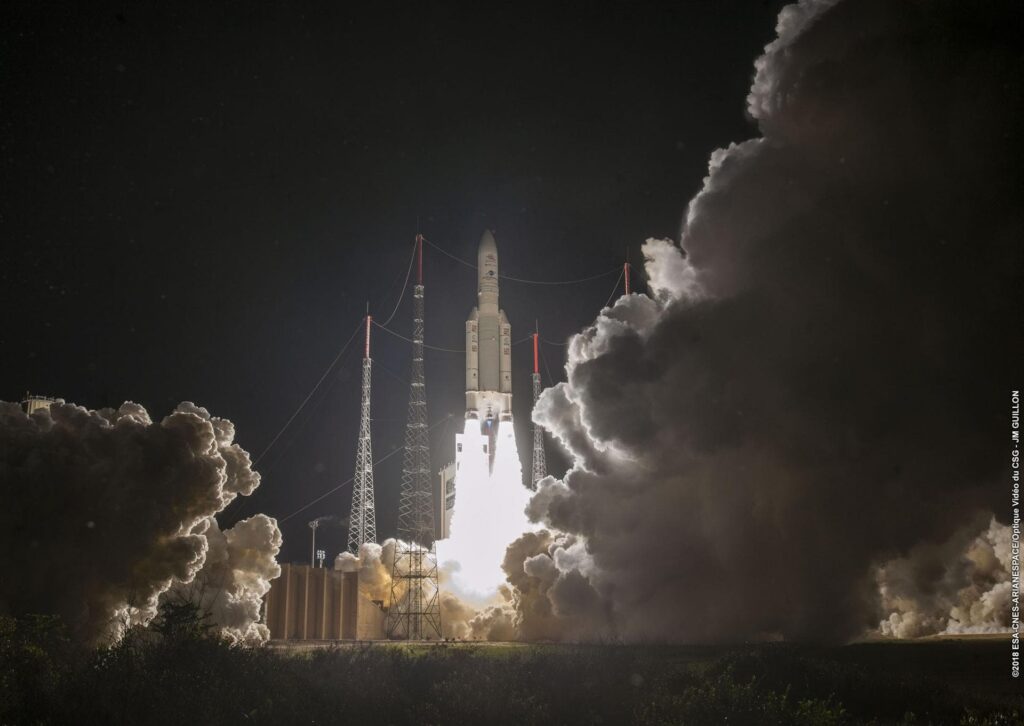
Advantages of this type of engines include high specific impulse (up to 4280 m/s) and environmental cleanliness. Neither the fuel, nor the oxidizer, nor the reaction products (water) harm the environment. However, the engine reaches full power only at high altitudes, but it is still exceptionally powerful.
The drawback of this combination lies in the extremely complex engine design. Both components require cryogenic systems, which means the rocket must carry a substantial tank of coolant in addition to the oxidizer and fuel. Another drawback is the mass: the same volume can accommodate three times less liquid hydrogen and oxygen than liquid oxygen and kerosene.
Hybrid rocket engines
It is worth mentioning so-called hybrid rocket engines. These are two-component engines in which the fuel is in a solid state, while the oxidizer is in a liquid state. A notable example is the engine of the SpaceShipTwo rocket plane. In this spacecraft, the oxidizer is ordinary N₂O, known as nitrogen hemioxide («laughing gas»). The solid fuel for the spacecraft has changed twice in recent years. Initially, it was polybutadiene with terminal hydroxyl groups, which was later replaced by thermoplastic polyamide. However, the developers were not satisfied with it and returned to the first variant. In simple terms, the fuel for SpaceShipTwo is a type of plastic that releases a significant amount of heat during combustion.
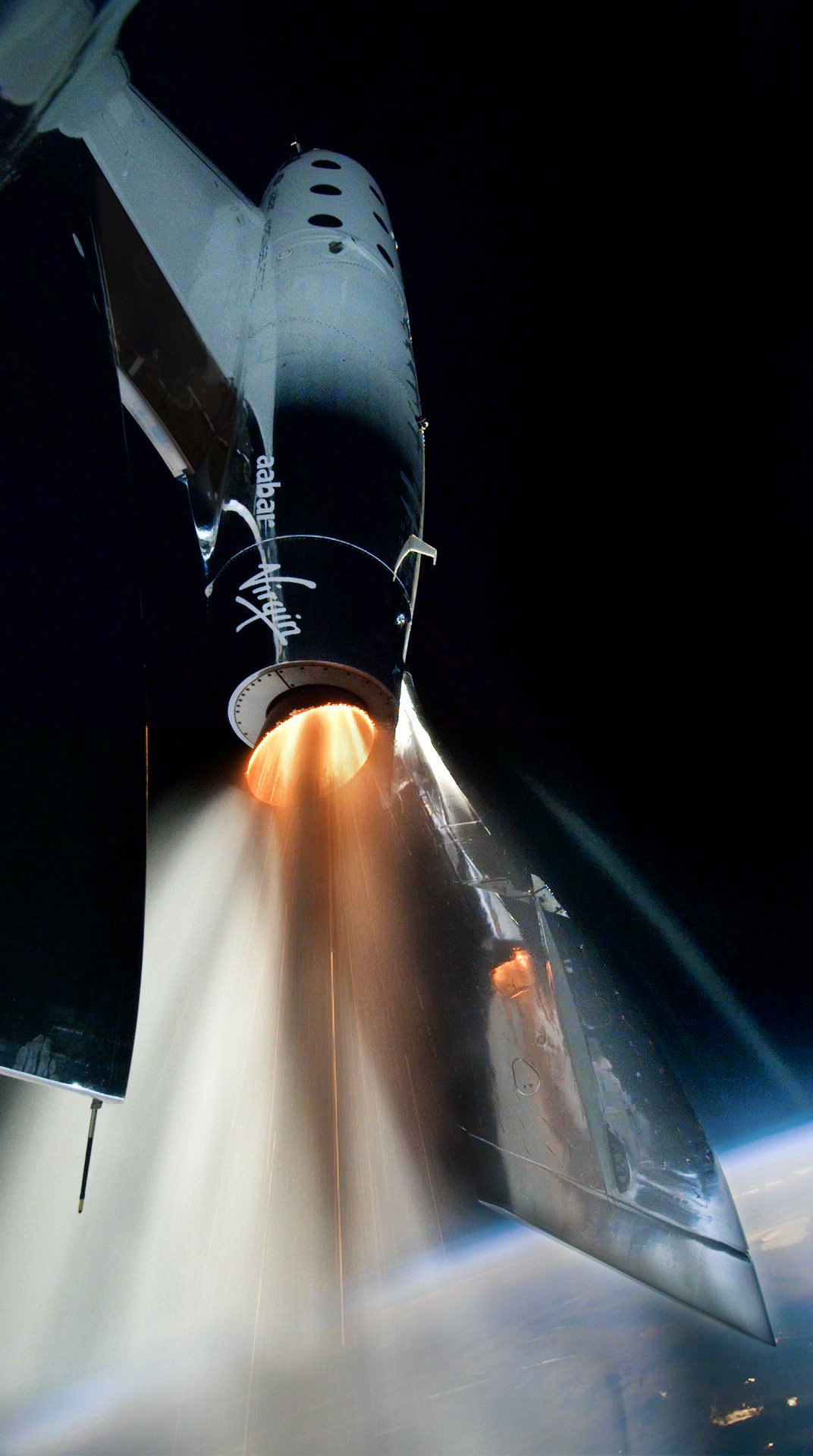
It is worth noting that Virgin Galactic did not invent anything fundamentally new. Hybrid engines were initially developed by Korolev and Goddard in the 1930s. Most of the modern amateur rockets currently fly on hybrid engines. The main reason for this is the simplicity of design, cost-effectiveness, and relative safety of the fuel. Both fuel components are considered to be major threats to the environment, but compared to UDMH+NTO, they can be considered safe. The specific impulse of such engines is higher than that of solid-fuel engines, but they still cannot compete with liquid-fuel engines in this parameter. However, the higher specific fuel weight can easily compensate for this drawback, theoretically.
A hybrid rocket engine would be an excellent combination of the advantages of liquid and solid-fuel engines. However, rocket scientists discovered a fundamental flaw in it several decades ago. It is quite challenging to uniformly supply two components, which are in different aggregate states, to the location of the chemical reaction. Additionally, this task becomes more complicated as the fuel burns. The larger the rocket, the more additional devices are needed to ensure the smooth operation of the engine inside it. As a result, the simplicity of design ceases to be justified.
It is likely that the engine issues are the reason why the SpaceShipTwo, which was first introduced to the public thirteen years ago, has not yet been commercially used. There is limited information regarding the engine, but it seems that its power exceeds the limit at which hybrid rocket engines stop working reliably, and engineers have not been able to eliminate the reasons for this problem.
Exotic options for liquid-fuel engines
As for recent trends, the two most innovative companies, SpaceX and Blue Origin, are currently developing engines that run on a combination of “liquid methane – liquid oxygen.” This will not only provide good power (specific impulse of 3800 m/s) but also achieve a specific fuel weight similar to “kerosene-oxygen” rockets.
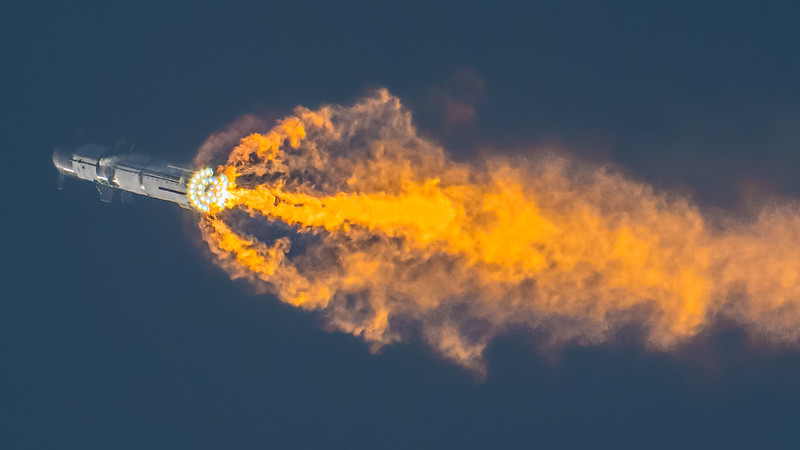
It is also worth mentioning another fairly exotic oxidizer option, liquid fluorine. It has very good performance when combined with hydrazine (4000 m/s) and particularly with hydrogen, where the theoretical specific impulse reaches 4420 m/s. However, using liquid fluorine today means gathering all possible oxidizer problems in one substance. It requires cooling to almost -200°C, is extremely toxic, reacts with almost everything it touches while releasing heat, and has a relatively low specific weight. Despite its brilliant theoretical prospects, no one is willing to deal with fluorine due to these challenges.
In general, when it comes to chemical rocket engines, despite their high power and simplicity, their prospects as a means of transportation in space are quite uncertain. The issue lies in our lack of knowledge about how to increase the specific impulse of these engines beyond 5000 m/s. The energy generated by chemical reactions is relatively small, and as a result, the majority of the mass of spacecraft consists of propellant components. In order to have a decent Δv (change in velocity), we currently have to use up an enormous amount of fuel.
While it is possible that in space we will begin to use engines with higher Δv in the near future, finding a replacement for traditional chemical engines to launch spacecraft from Earth will not happen anytime soon.
